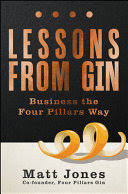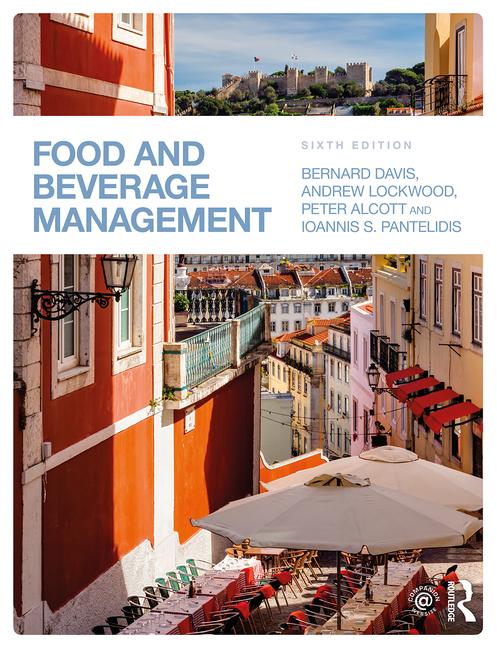2023 Beer Report | Craft beer’s performance varies across segment
Hazy IPAs gain traction with craft beer consumers

Image courtesy of Neshaminy Creek Brewing Co.
The idiom two sides of the same coin illustrates the concept that something that is closely related also can be quite different. For the U.S. craft beer market, the difference between retail performance and on-premise sales illustrates how the recovery that craft beer has experienced since the pandemic remains nuanced.
Brian Sudano, managing partner at New York-based Beverage Marketing Corporation (BMC), notes that success within craft beer taprooms has lifted the craft market.
“After a couple tough years due to COVID restrictions, the craft beer market growth returned at 8% in 2022 lead by taprooms,” he says.
Grace Wood, senior analyst at New York-based IBISWorld, also points to the segment’s positive turnaround, but notes it still has not returned to its peak performance.
“Craft beer has recovered strongly from COVID-19 declines, although sales have yet to reach pre-pandemic levels,” she says.
Not all analysts are as positive about craft beer, though.
“The craft segment has been down the last two years and was down 4.8% in dollars in 2022,” says Scott Scanlon, executive vice president of BevAl Vertical at Information Resources Inc. (IRI), Chicago.
For the 52 weeks ending Jan. 1, craft beer sales totaled $4.7 billion, a 4.7% decrease, in total U.S. multi-outlets. Case sales were down 8.6% during that timeframe.
Jon Berg, vice president of Beverage Alcohol Thought Leadership at Chicago-based NielsenIQ, notes not just the beer segment’s sales decline but that it is down to a 12 share for the overall beer market.
But whether the disparity of retail sales and taproom performance has been the story of craft beer in the past year, analysts caution economic situations could stall any progress that has been.
“A potential recession leading to a reduction of taproom traffic is a potential challenge,” BMC’s Sudano says.
IBISWorld’s Wood anticipates that economic concerns will have a negative impact on craft beer in the coming year.
“Craft beer is more sensitive to economic downturns, with sales expected to decline in 2023,” she says.

Image courtesy of Dogfish Head Craft Brewery
Tough competition
Beyond concerns over inflation or an upcoming recession, analysts also note the competition that craft beer faces from within its ranks.
“Long established breweries/brands are at times struggling to remain relevant and/or maintain historical sales levels as newer, more localized and more trend leading operators gain over these established brands,” says Nathan Greene, a consultant with BMC. “For example, the recent struggles of New Belgium’s Fat Tire, yet, conversely [New Belgium’s] Voodoo Ranger is a leading growth driver for the craft market.”
However, craft beer’s bigger challenge remains the competition from outside the beer category.
“Craft has been challenged for space at retail as [ready-to-drink] (RTD) segments have expanded across [total beverage alcohol] (TBA) (beer seltzer, [flavored malt beverages] (FMBs) within the beer category), but even non-beer RTDs are pressuring craft space,” IRI’s Scanlon says.
Despite this competition, many highlight that the innovative spirit helped the craft beer category to reach the level it has today.
NielsenIQ’s Berg highlights that innovation is a key part of connecting with craft beer consumers.
“Seasonals and IPA always get some of the top innovation growth,” he says. “Craft beer consumers like to try new styles and flavors.”
Flexing its innovative prowess, Dogfish Head Craft Brewery and Belgium’s Brouwerji Rodenbach joined forces to release Crimson Cru, a 7.1% ABV blended red ale that was available for a limited time this past fall.
Crimson Cru begins with Rodenbach’s Grand Cru, a Flemish red-brown ale aged in oak casks, and was shipped overseas from Belgium to Delaware on a tanker ship. After its cross-Atlantic journey, Rodenbach’s Grand Cru is blended with a red ale from Dogfish Head that is infused with sumac and sweet orange peel and dry-hopped with Hallertau Blanc hops, the company says. The resulting beer is full-bodied and slightly warming with aromas of candied citrus, cherry, caramel and toffee, complemented by malty flavors of stewed fruits, plum, cherry, dried citrus and toffee, according to the company.
BMC’s Sudano notes that embracing different styles helps craft beer generate interest from consumers.
“Mexican cerveza styled products (in line with Corona/Modelo) are very fast growing additions to brewer portfolios, especially in the Southwest, Southeast and [California],” BMC’s Greene says. “Session sours continue to gain momentum. Very low bitterness and/or fruit adjunct Hazy IPAs continue to gain interest, especially with female consumers.”
IRI’s Scanlon echoes similar sentiment about sessionable craft beers, but also non-alcohol beer and even the RTD market inside and outside of beer.
IBISWorld’s Wood notes that craft brewers are experimenting with new hop varieties to deliver more flavor into brews. Wood adds that IPAs, a hoppy beer style, remains the most popular style within the craft beer scene.
“IPAs are the most popular craft beer segment and continue to expand, with Hazy IPAs gaining popularity as consumers move toward juicier and fruitier beers,” she says.
Neshaminy Creek Brewing Co.’s Shape of Haze to Come expanded the series this past fall with the release of Key Lime Shape of Haze. This double dry-hopped brew contains Simcoe, Ekuanot and Mosaic hops and is complemented with the flavors of tart lime, vanilla, cinnamon and silky-smooth lactose, the company says.
As the craft beer market looks to address the challenges that analysts anticipate will arise this year, innovation will play a strong role in that future.
Looking for a reprint of this article?
From high-res PDFs to custom plaques, order your copy today!








